TTO – That is the name of an exhibition that caused a stir in the UK when it introduced paintings depicting the ancient sexual life of Japan.
Spring Palace: Sexuality and Pleasure in Japanese Art – Photo 1. A Spring Palace painting by artist Torii Kiyonaga – Photo: British Museum

In October 2013, the prestigious British Museum in London attracted media attention by organizing an exhibition of paintings on the culture of sexuality called Shunga: sex and pleasure in Japanese art.

The exhibition lasted more than 2 months and required visitors under 16 years old to be accompanied by their parents.
With around 170 paintings of the Spring Palace style from various collections in the UK, the US, Europe, and Japan, the exhibition became a topic of discussion in many newspapers, including major ones such as The Guardian and BBC.
In the introduction to the exhibition, the British Museum wrote: “In the modern period, from 1600 to 1900, thousands of artworks depicting sexual relationships were created, known as ‘shunga’ or ‘spring pictures’.”
This was the first time this type of exhibition was organized in the UK, introducing delicate, humorous, and beautiful Spring Palace paintings created by Japanese masters, including Utamaro and Hokusai.
According to information from the museum, the artists who often created Spring Palace paintings were those who practiced the Ukiyo-e art form (with paintings and woodblock prints featuring beautiful young women, sumo wrestlers, scenes from historical and folk stories, landscapes, etc.).

Some famous names in Japanese Spring Palace art include Hishikawa Moronobu (died in 1694), Kitagawa Utamaro (died in 1806), and Katsushika Hokusai (died in 1849).

High-quality Spring Palace paintings were often created for the ruling class, and sometimes these works were influenced by Spring Palace art from China.

Spring Palace: Sexuality and Pleasure in Japanese Art – Photo 2. The painting “Lovers in the Upstairs Room” by painter Kitagawa Utamaro – Photo: British Museum
Art or pornography?
After the prosperous Edo period, in 1722, Spring Palace paintings were banned in Japan. However, in reality, they were still widely circulated in various publications, sometimes even used as wedding gifts or for sexual education for newlyweds.
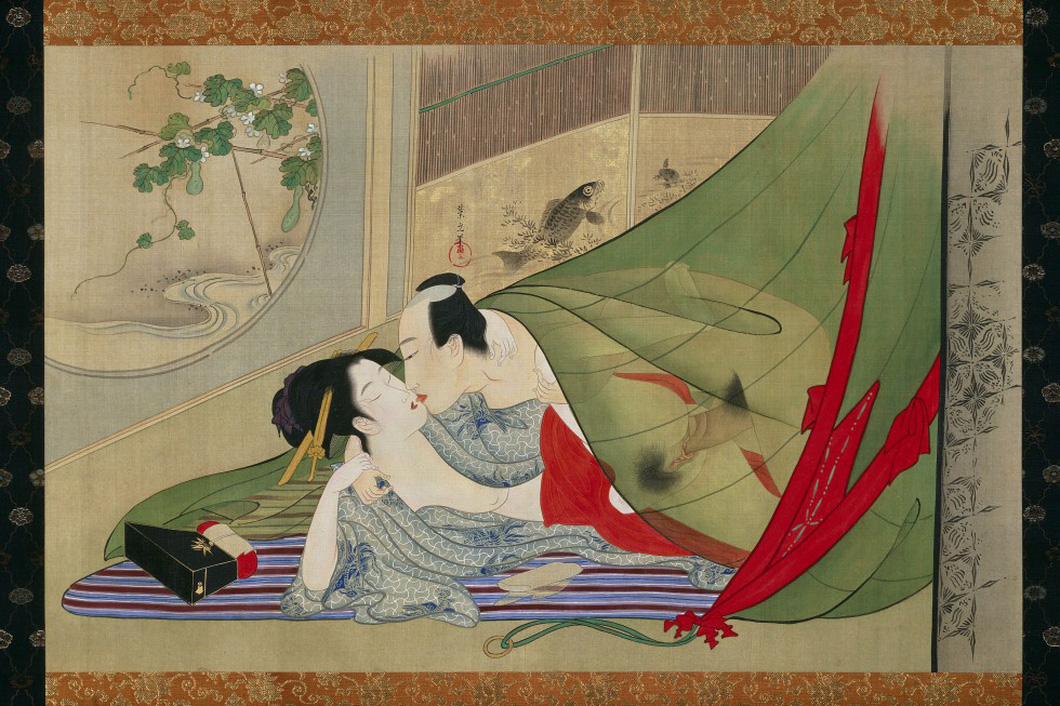
By the late 19th century, this art form gradually disappeared from the memory of the Japanese people and the academic community, becoming a taboo.
However, this was the time when Europeans discovered this art form and actively collected it, including famous artists such as Lautrec, Beardsley, Sargent, and Picasso.
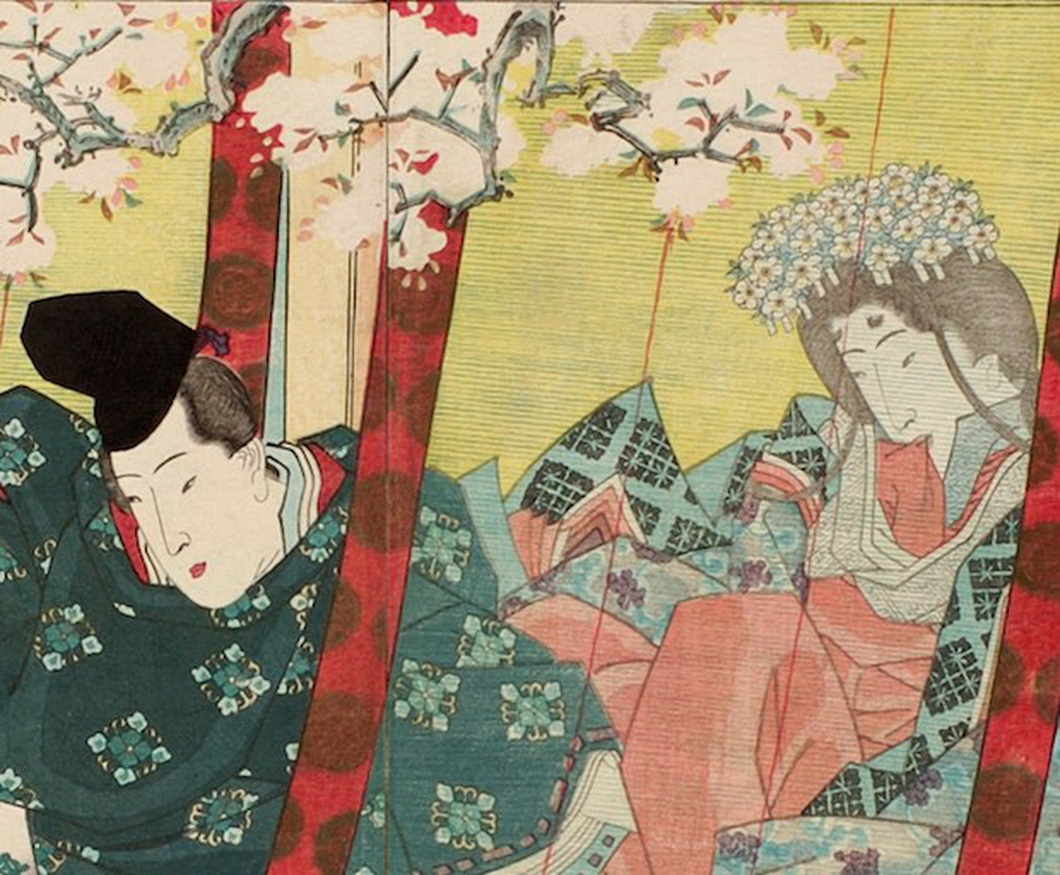
The British Museum acquired its first Spring Palace painting in 1865 and is one of the places with the finest collections of Spring Palace art outside Japan.

According to Timothy Clark, the curator of the exhibition “Shunga: sex and pleasure in Japanese art” at the British Museum, Spring Palace art is now considered erotic content.
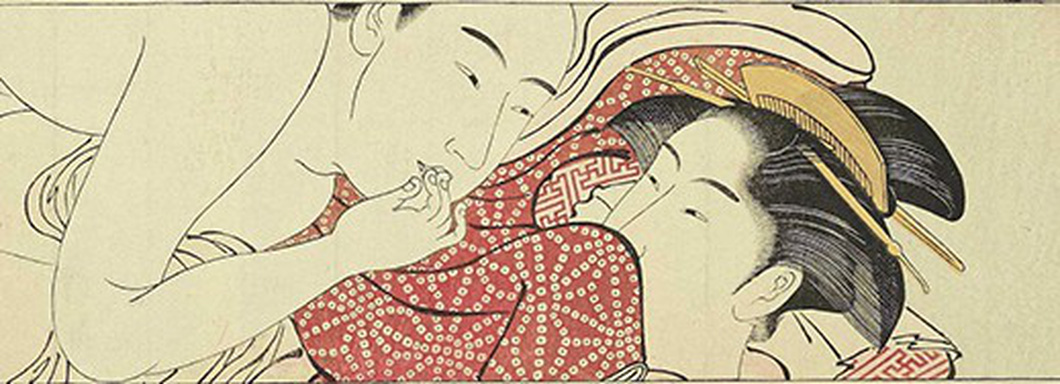
“People who have never seen Spring Palace art will be surprised to see these paintings depicting [sexual activities] in such detail. But this is art depicting sexuality, not pornography,” Timothy Clark told BBC.
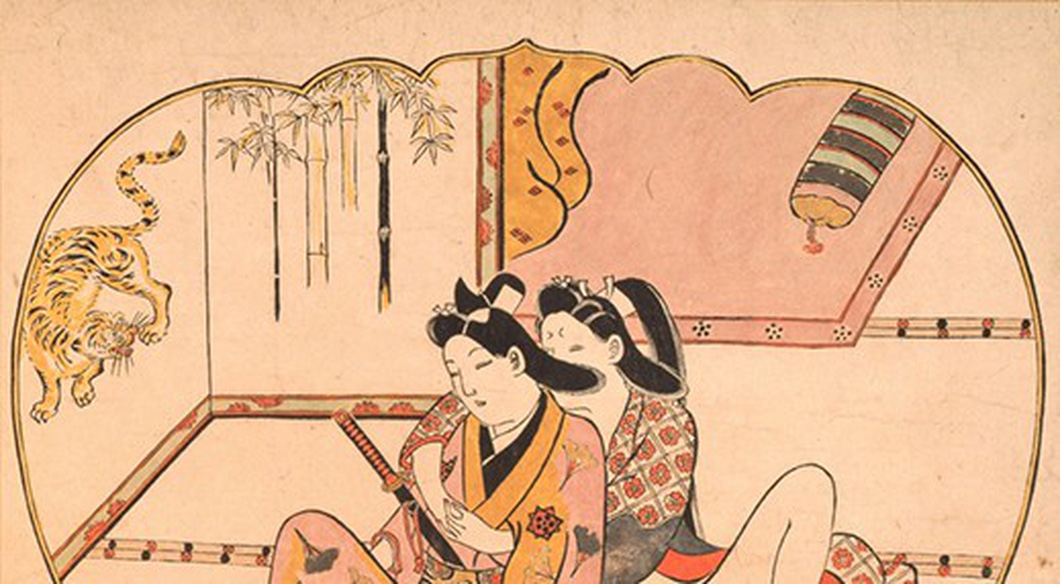
Spring Palace: Sexuality and Pleasure in Japanese Art – Photo 3. The painting “Sexual Dalliance” by Nishikawa Sukenobu – Photo: British Museum
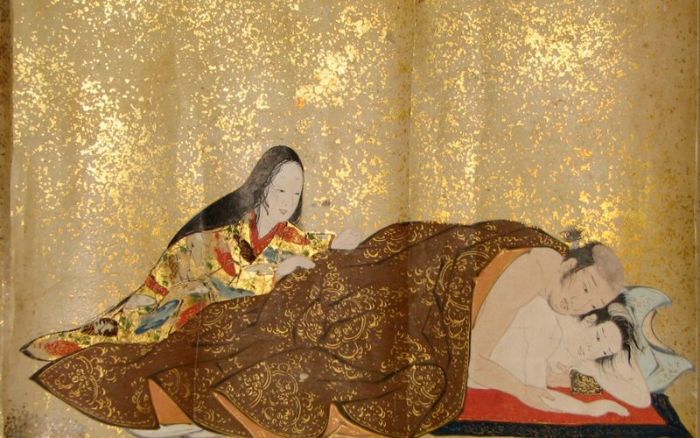
Nearly two years after the exhibition in the UK, Spring Palace art once again caused a sensation when a small museum in Japan organized an exhibition featuring this art form, including many paintings that had been exhibited in the UK.

In September 2015, the Eisei Bunko Museum in Tokyo attracted public attention and media coverage when it organized an exhibition that Time Out Tokyo